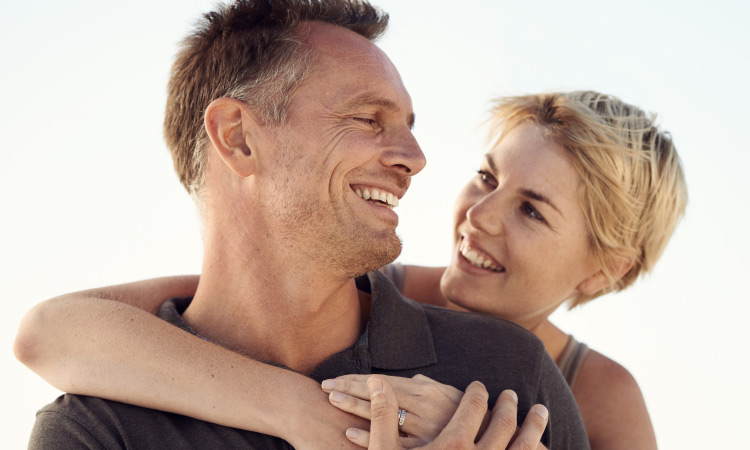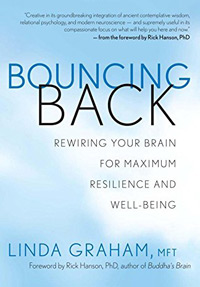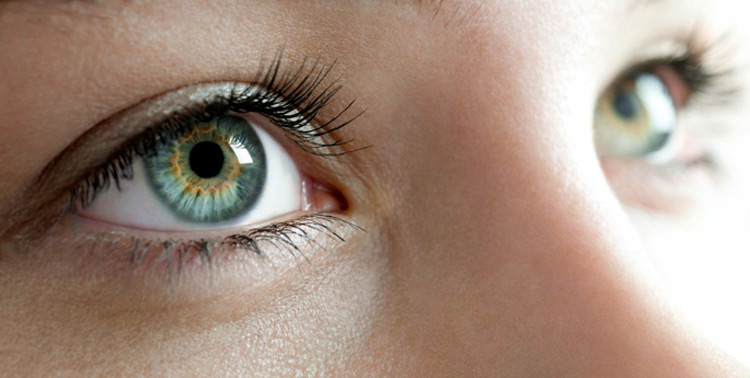 When someone asks how to read body language, it’s often best to start with eye gaze. Attachment theory indicates that infants develop basic trust and create relationships with their caregivers in a few simple ways. These early experiences impact relationships later in life. Theorists believe that at a young age human beings regulate emotions by looking at each other, listening to tone of voice, and by the experience of touch. We see, we hear, we touch, and we respond. The first of these—eye gaze—is of great importance.
When someone asks how to read body language, it’s often best to start with eye gaze. Attachment theory indicates that infants develop basic trust and create relationships with their caregivers in a few simple ways. These early experiences impact relationships later in life. Theorists believe that at a young age human beings regulate emotions by looking at each other, listening to tone of voice, and by the experience of touch. We see, we hear, we touch, and we respond. The first of these—eye gaze—is of great importance.
Allan Schore, faculty member at UCLA and expert in emotional regulation and the development of the self, explains, “With respect to visual-facial attachment communications, it is now established that mutual gaze is critical to early social development. The emergence of the capacity to efficiently process information from faces requires visual input to the right (and not left) hemisphere during infancy.”
What this means is that attachment and emotional adjustment both come partly from the mere fact of looking at each other. We see each other, and we watch ourselves being seen. Much of this information centers around the right hemisphere, which is where feelings get processed in a visual, intuitive way.
Theorists indicate that the attachment process can be broken, but the rupture is not a problem so long as the caregiver is able and willing to repair the relationship. All of this happens early on, in infancy. Eye gaze, however, continues to be an important part of relationships throughout life.
 Linda Graham, a licensed therapist who wrote Bouncing Back: Rewiring Your Brain for Maximum Resilience and Well-Being, explains some of the more subtle distinctions in eye gaze and what we see when we look at each other. She says, “So, in secure attachment, when we are self regulating through the higher cortical part of our brain, we seek eye contact with a safe other. We seek engagement, connection, acceptance, refuge looking by into the eyes of another.”
Linda Graham, a licensed therapist who wrote Bouncing Back: Rewiring Your Brain for Maximum Resilience and Well-Being, explains some of the more subtle distinctions in eye gaze and what we see when we look at each other. She says, “So, in secure attachment, when we are self regulating through the higher cortical part of our brain, we seek eye contact with a safe other. We seek engagement, connection, acceptance, refuge looking by into the eyes of another.”
Graham goes on to explain that as disruptions happen, where we look is meaningful. For instance, when afraid or in fight or flight mode, you might look at a person’s mouth instead of at the eyes, as if to assess, “Is this person going to eat me?” When feeling relieved or experiencing reconnection and hope, the eyes will look skyward almost as if thanking the heavens.
Graham also outlines Allan Schore’s teachings about the information held in each eye. According to Schore, the right eye gives us more information about thoughts (because it’s connected to the left brain) and the left eye gives us more information about feelings (because it’s connected to the right brain.)
 I tested this idea myself when having lunch with a friend, alternating my focus on the right eye and then later, on the left, and the experience was illuminating. It seems that focusing on the left eye did, indeed, change the information I was receiving, and it hit at a heart level. My friend was reporting in on a life event and as I shifted to the left eye, I felt more of her emotional experience.
I tested this idea myself when having lunch with a friend, alternating my focus on the right eye and then later, on the left, and the experience was illuminating. It seems that focusing on the left eye did, indeed, change the information I was receiving, and it hit at a heart level. My friend was reporting in on a life event and as I shifted to the left eye, I felt more of her emotional experience.
Theories such as these have implications for therapists and for anyone in close relationships with others. Eye gaze can begin to heal separation anxiety in adults, improve intimacy in marriage, create relationships with new friends and solidify relationships with old friends. We can remember to look at people instead of away or at our phones, we can hold a mutual gaze a split second longer and gather information, and we can toggle between thought and feeling, as a way to get a balanced sense of the person in front of us.
Attachment theory isn’t just for babies and parents. It’s for all of us, and it holds the potential to be curative. Mutual gaze can regulate an infant, and it can regulate adults. We are born with senses that create healing, and even if one sense is lost, another is usually available – the power to see, to hear, to touch, and to care. One way to rewire your experience of yourself and with other people is by paying close attention to eye gaze and its importance to your relationships. Once you do that, you might mean it all the more when you tell someone, “I see what you mean.”
Click here to see Rose’s tips for healthy and happy relationships

2 Comments
Lisa
Great article. There’s been a lot of research lately about how important eye contact is with pets, too. It is so important for that human/animal bond.
Pamela
Excellent observation, and so true.